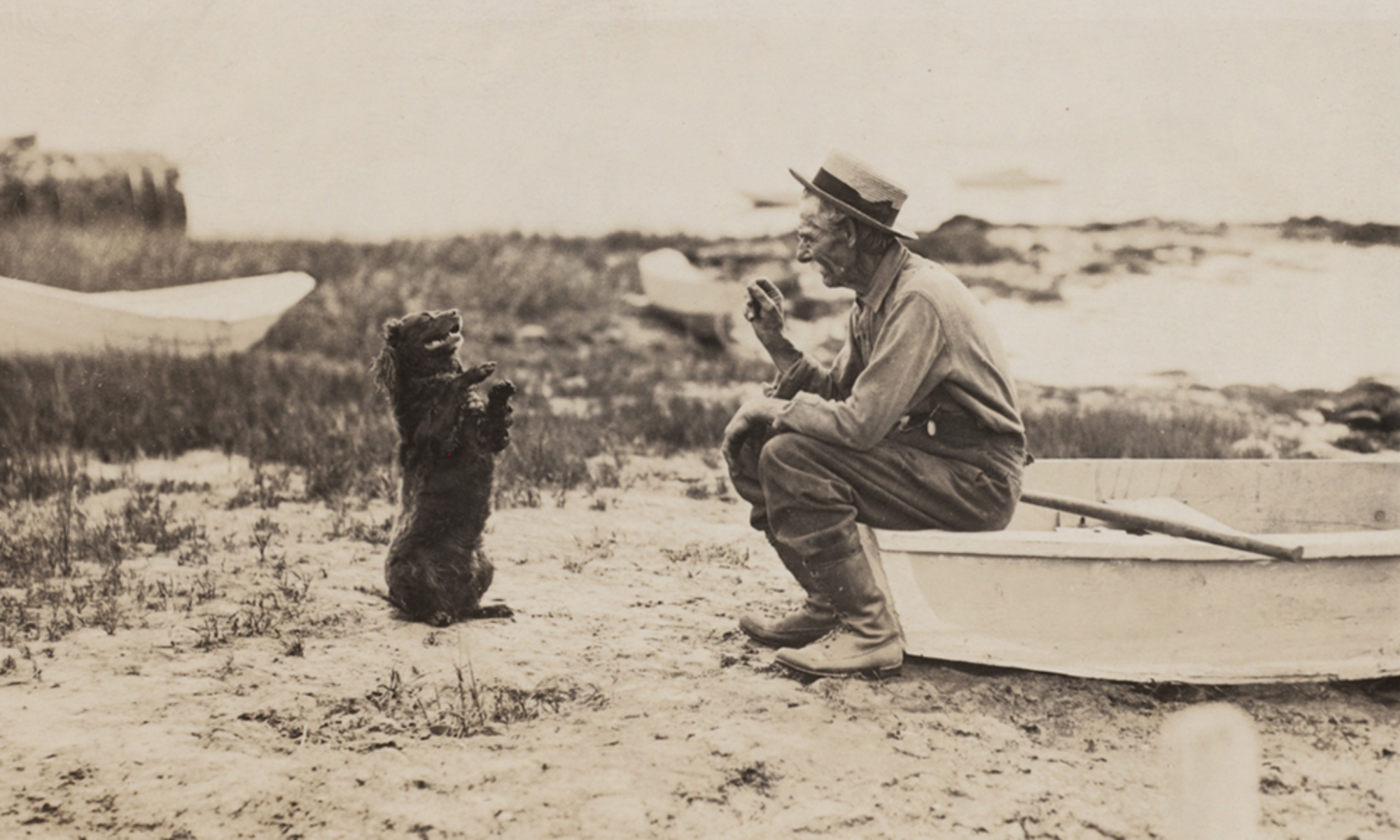Cyanotype photographic prints are immediately recognizable. Their striking blue appearance is the result of a particular chemical combination (though the prints can in fact be toned to alter this color).
Credited to Sir John Herschel—an astronomer and chemist—in 1842, the cyanotype process involves coating a piece of paper with a solution of ferric ammonium citrate before exposing it to light under a positive image (as opposed to a negative image, which is the inversion). Then, that exposed paper is developed with a potassium ferricyanide solution.
Anna Atkins, who knew Herschel as a friend of her father, used this process to illustrate her botanical studies. Her three-volume work, Photographs of British Algae: Cyanotype Impressions (1843–53), was the first photographically illustrated book.
The first commercial cyanotype paper emerged in 1872 in France. The Massachusetts Institute of Technology (MIT) started instructing its students on the cyanotype process for the creation of blueprints in 1875. The following year, the first commercial blueprint machine made in Switzerland was introduced at the Philadelphia Centennial Exposition, the first official World’s Fair in the United States.
From the 1870s to the 1950s, the cyanotype process was primarily used by engineers and architects for printing blueprints. It was revived by photographers during the 1960s as an alternative to the silver gelatin process.
We have a number of cyanotypes here in the Local History Room.




If you’d like to see these—or the other cyanotypes we have—in person, stop by the Local History Room!
Sources: Images from the Delano Photograph Collection (IC11) and the Emily Fuller Drew Collection (MC16).
Stulik, Dusan, and Art Kaplan. 2013. The Atlas of Analytical Signatures of Photographic Processes. Los Angeles, CA: Getty Conservation Institute. http://hdl.handle.net/10020/gci_pubs/atlas_analytical
James, Christopher. 2014. “The Cyanotype Process” in The Book of Alternative Photographic Processes. (Course Technology). https://www.christopherjames-studio.com/docs/chapter7-the-cyanotype-process.pdf
